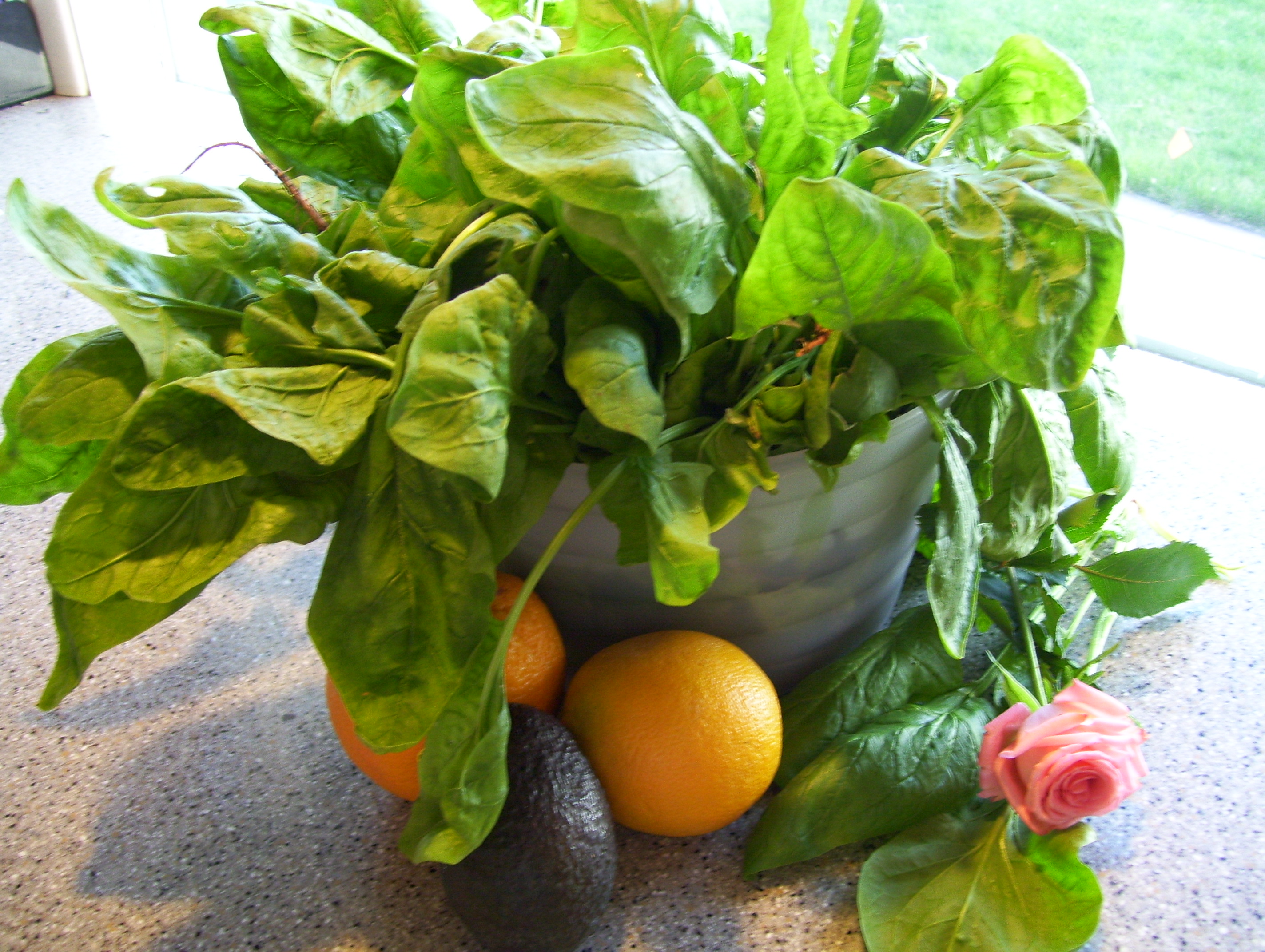Do you remember the movie Pleasantville? The beginning, set in the 50s, was filmed in black and white and everything was, well, pleasant. Mom and Dad and the the two perfect teens, living good, pleasant lives. Then the teens got blasted into the future (in a way that only happens in movieland), and life suddenly gets colorful–both literally and figuratively.
I can’t remember the rest of the movie, but that transition from a pleasant enough black and white world to an exciting and engaging world of color has become a metaphor for my food life. I was blasted into a Technicolor food world when my kids were diagnosed with wheat and dairy allergies 20 years ago.
We were forced to venture out–way far out–of our pleasant enough world that revolved around white bread, bagels, tortillas and noodles combined in various forms with cheese, cheese and more cheese. We had to eat completely crazy, health nut things like quinoa, polenta, chard, hazelnuts, tofu, papaya juice, Asian pears and eggplant. Sure, surviving the blast into a full color food world wasn’t easy, but no way would I take up an offer for a free return trip.
Why live in a narrow world centered on a handful of foods when there’s an entire universe of amazing foods just waiting to add dimension, excitement and interest to our lives?
Even more amazing is that after 20 years, there are still no dull moments. Just today, researching spinach varieties for the Vegetable-a-Month Club, I discover that there are DOZENS of varities. Who wudda guessed?
One of the saddest consequences of modern industrialized food production is its dreary monotony. To reduce costs enough so spinach can be sold for $.99 a bunch, industrial growers must standardize, mechanize and automate–just like a car factory or toy manufacturer. One kind of seed, planted over many acres, which grows to a certain size and is spaced a certain distance apart so it can be tended and harvest economically with big machines that need to be amortized as quickly as possible to provide the highest return to the corporation behind the machine.
So what we see in stores is one kind of plant that is called “spinach” and, not ever being told otherwise, we think that is the alpha and omega of spinach. So what a delightful surprise today to see that “spinach” actually encompasses a whole raft of varieties and species. There are the two basic types: smooth-leafed and curly-leafed (or savoy), but in between there are varities with big leaves, baby leaves, darker leaves, bright leaves, half-smooth leaves and everything in between.

Most interesting of all are the “heirloom” varieties with exotic names like Gigante d’Inverno, Merlo Nero and Monstrueux De Viroflay. These varieties that have been around for a long time, some for over a hundred years, long before the days of consolidation and standardization. I picture it something like Aunt Louise or Grandpa Bob or an entire town having their special stashes of seeds that grew strong and delicious for their particular climate, soil and weather.
All these varieties, both modern and heirloom, are just one of the many things that add color to our food world, not only literally but figuratively, too, with all their unique tastes, textures and flavors. It may be a long time before you see anything but the standard varieties in a regular supermarket, but head to your local farmers’ market and you may well be treated to some unique varieties.
One variety that showed up at our market a couple years ago was the Bordeaux, a red stemmed spinach that can only be described as “velvety.” It only lasts a couple weeks, though. Now is the time to get spinach at the farmers markets in most parts of the country. So head there quick and start blasting out of your black and white food world!

By the way, check out our new Vegetable-a-Month Club. There’s everything you need to know to make vegetables a delightfully delicious part of everyday meals: recipes, meal ideas, buying know how, storage strategies, green kitchen tips, videos and audios. Spinach is the vegetable of the month for May.
1 thought on “Want Your Vegetable World in Color or B & W?”